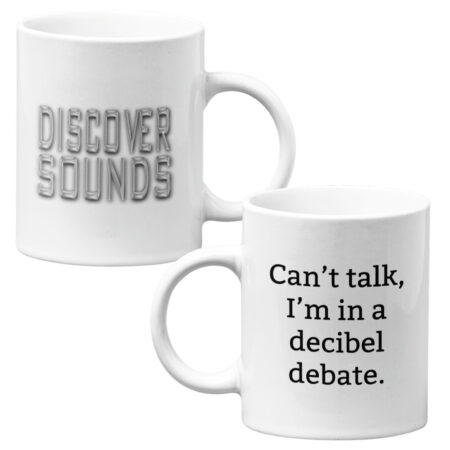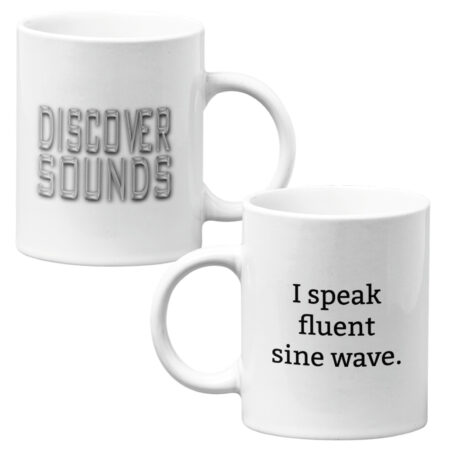Mastercard has embarked on an innovative journey to transform the cinematic experience with its pictureless film, “Touch.” This groundbreaking project seeks not only to redefine movie-going but also to highlight the profound capabilities of sound to convey narrative and evoke emotion in the absence of visual stimuli. “Touch” represents a significant leap forward in making entertainment accessible to diverse audiences, including those who are visually impaired, by leveraging the power of experimental music and sound design.
The Concept
“Touch” eschews traditional visual storytelling, instead inviting audiences to immerse themselves in a rich auditory experience where the narrative unfolds through sound alone. This approach necessitates a deep exploration of experimental sound techniques and music, pushing the boundaries of how stories can be told and experienced.
The Role of Experimental Music and Sound Design
The creation of “Touch” places experimental music and sound design at the forefront of storytelling. Without visuals, composers and sound designers are tasked with using sound in innovative ways to paint scenes, develop characters, and advance the plot. This involves a broad palette of techniques, from intricate soundscapes that evoke specific locations and atmospheres to the use of non-traditional musical elements that convey emotions and drive the narrative forward.
In doing so, “Touch” explores the untapped potential of sound, challenging creators to think beyond conventional music and sound effects. It highlights the importance of auditory elements in crafting immersive experiences and encourages experimentation with new sounds and technologies to achieve this goal.
Enhancing Accessibility and Inclusivity
One of the most commendable aspects of “Touch” is its focus on accessibility. By creating a film experience that does not rely on visual information, Mastercard has opened up new possibilities for visually impaired audiences to enjoy cinematic storytelling. This initiative not only broadens the scope of who can engage with films but also underscores the importance of inclusivity in media production.
Implications for Future Media Productions
“Touch” sets a precedent for future projects in the realm of entertainment and beyond. It illustrates the vast potential of sound as a medium for storytelling and opens up new avenues for creative expression. As such, it may inspire filmmakers, musicians, and sound designers to explore more deeply the role of audio in their work, leading to more innovative and accessible media content.
Furthermore, “Touch” could catalyze a shift in how audiences perceive and value sound, leading to a greater appreciation for experimental music and sound design as essential components of storytelling.
Conclusion
Mastercard’s pictureless film “Touch” marks a significant milestone in the evolution of cinema, experimental music, and sound design. By prioritizing sound over sight, it challenges traditional narratives, enhances accessibility, and invites both creators and audiences to reimagine the possibilities of storytelling. As “Touch” demonstrates, the future of entertainment lies in embracing innovation and inclusivity, ensuring that stories can be felt and heard by everyone, regardless of their visual abilities.
Read more on Campaign Brief



